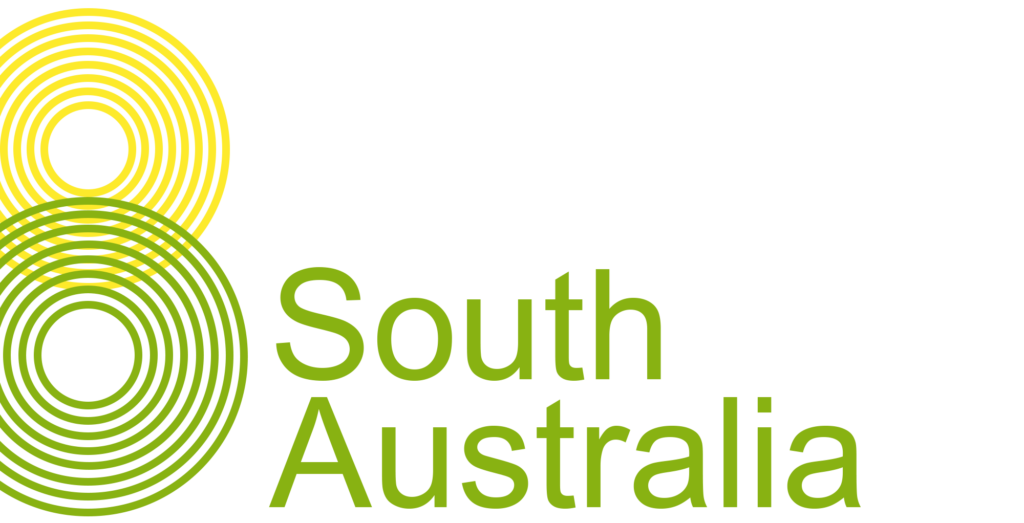
English Budgie – What Exactly Is It?
English Budgie – An Introduction
Welcome to our comprehensive guide to English Budgies! Whether you’re a seasoned budgie enthusiast or considering getting one as a pet, this page will provide you with all the essential information you need to know about what people call English Budgerigars.
English Budgerigar Overview
English Budgies, also known as show budgies or exhibition budgerigars, are a popular and unique breed of budgerigars. The Budgerigar is native to Australia, however it was imported to the UK by Gould in the 1840’s. During the world wars, importing budgies became very difficult, and the English bred with the stock that they had, effectively creating a closed colony of birds. The result is what many refer to as English Budgies. They are larger in size compared to their native Australian counterparts, with plump bodies, fluffy feathers, and a distinctively large head. Known for their striking colors and graceful appearance, English Budgies have captivated exhibition budgerigar enthusiasts worldwide.

English Budgie Care
Proper care is essential for the health and happiness of your English Budgie. Here are some key points to consider. A balanced diet is crucial. Offer a variety of seeds, fresh vegetables, fruits, and high-quality commercial budgie blends. Ensure a fresh water supply at all times. Some English budgerigars can become lethargic because of their increased energy requirements, so diet and exercise are key to ensuring good health. English Budgies are active birds and need regular exercise. Allow them to fly in large aviaries, mixed with males and females, to provide stimulation. If you’re relatively new to budgerigars, schedule regular visits to an avian veterinarian to monitor your budgie’s health. Keep an eye out for signs of illness, such as changes in appetite, behavior, or feather condition.
English Budgie Bird Breeding
Breeding English Budgies can be a rewarding experience. Here are some important considerations. When pairing, select healthy, unrelated budgies with desirable traits for breeding. Ensure the birds have reached sexual maturity, typically around 10-12 months of age. Provide a suitable nesting box filled with nesting material such as wood shavings or coconut fiber. Budgies usually lay 4-8 eggs, which take about 18-21 days to hatch. Once the chicks hatch, ensure a warm and secure environment. Feed them a balanced diet and monitor their development closely. If you plan to hand-rear the chicks, consult an experienced breeder or avian veterinarian for guidance on proper techniques and nutrition.
Conclusion
English Budgies are captivating birds that bring joy and companionship to their owners. By understanding their unique needs, providing proper care, and embracing their delightful personalities, you can forge a strong bond with these feathered friends. Whether you’re a pet owner or aspiring breeder, we hope this comprehensive guide has equipped you with valuable insights into the world of English Budgies. Happy budgie-keeping!
For all the latest news on the English budgie, check out our Facebook page.

